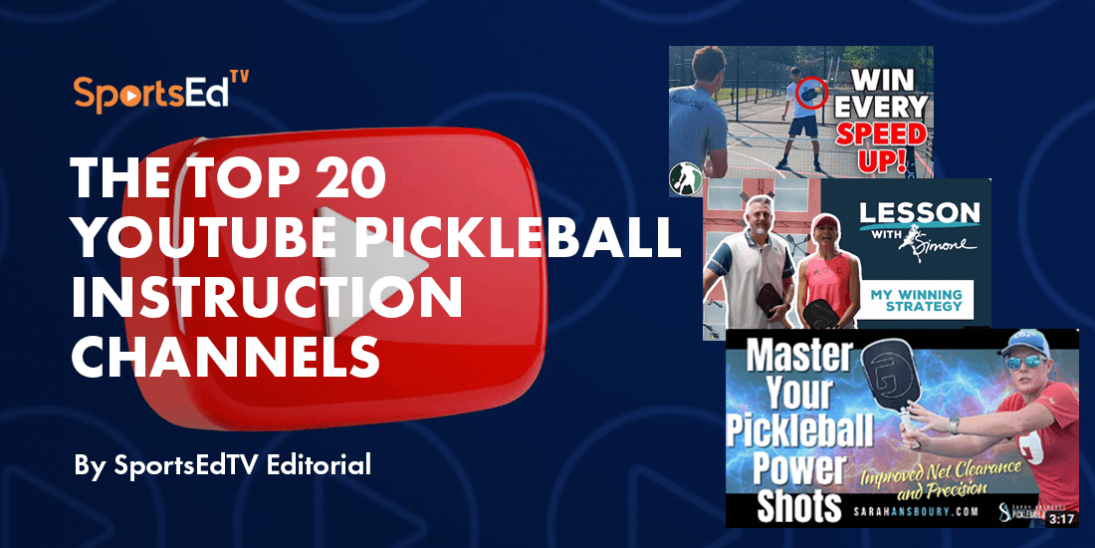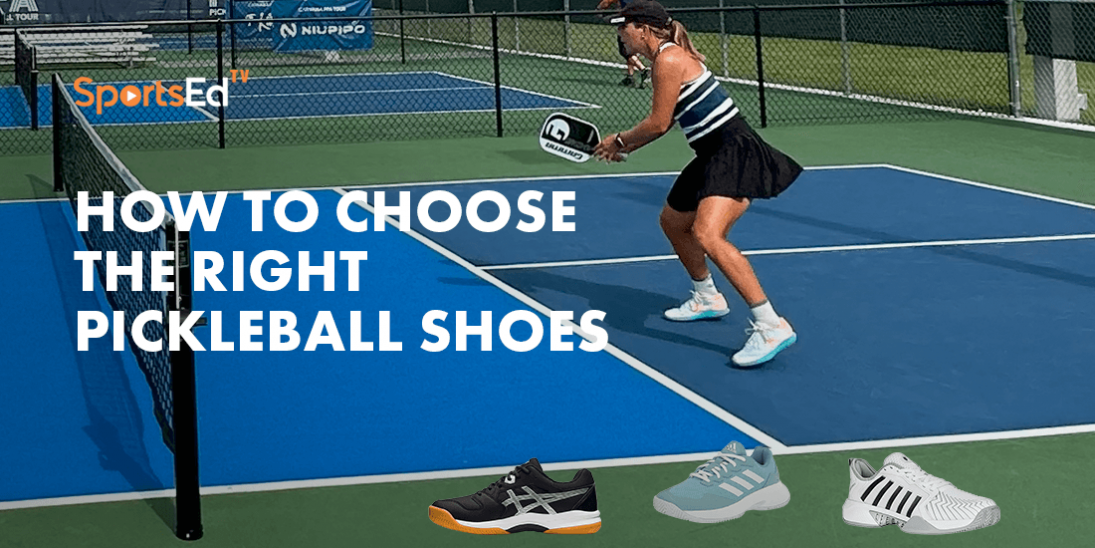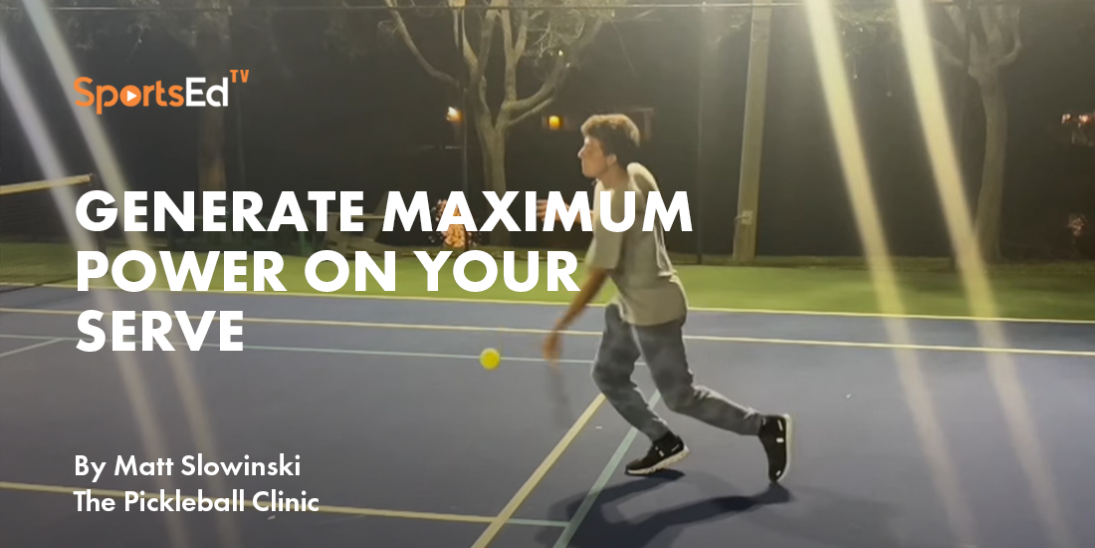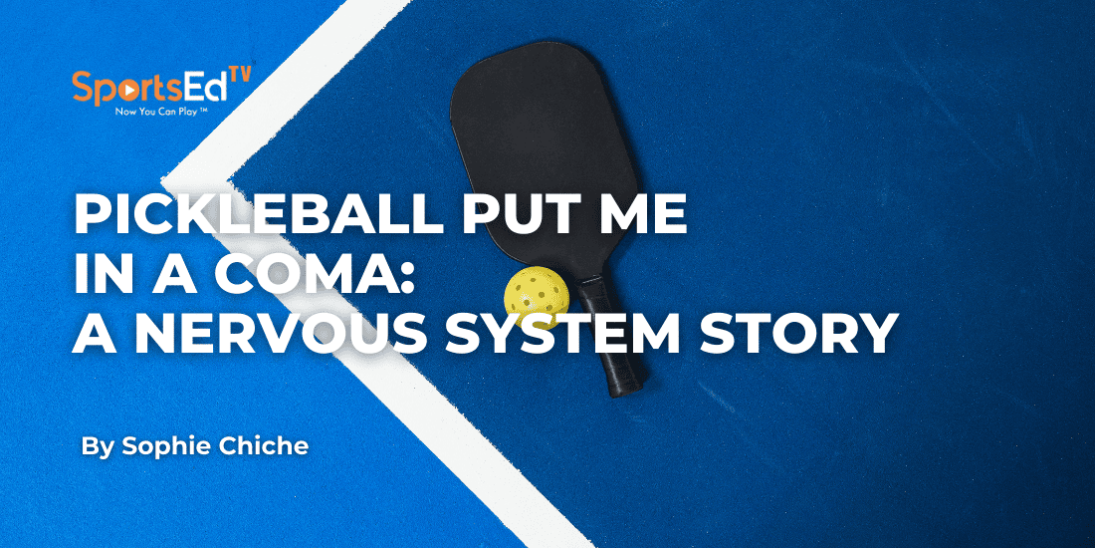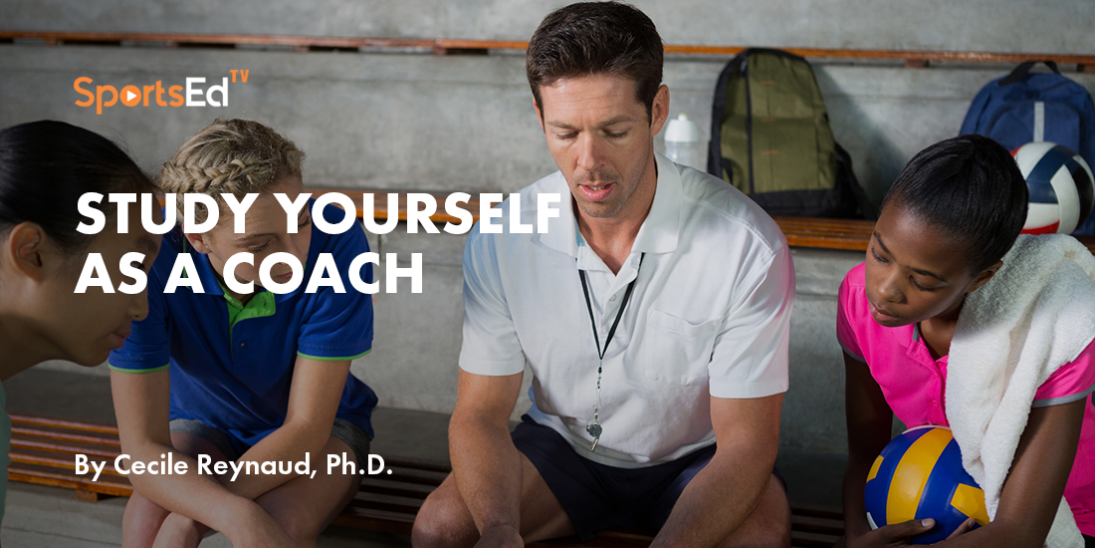Pickleball
Welcome and thanks for visiting...

Three Winning Pickleball Strategies for Every Player

In pickleball, the difference between a win and a loss can often come down to strategy. Whether you’re a beginner or an advanced player, employing the right tactics can help you dominate on the court. Here are three fundamental strategies that every pro uses to gain an edge and beat any opponent.
Target Your Opponent’s Backhand
One of the most effective strategies in pickleball is targeting your opponent’s backhand. Most players have a weaker backhand compared to their forehand. Here’s how you can exploit this weakness:
Identify the Dominant Hand
First, determine if your opponent is a righty or a lefty. This is crucial because it dictates where their backhand will be. For right-handed players, their backhand will be straight ahead from your forehand, while for left-handed players, it will be cross-court from your forehand.
Serve to the Backhand
Use your serve to target the backhand side. Unlike many other shots, you have complete control over where your serve lands, making it an excellent opportunity to exploit your opponent's weakness. Aim your serve towards the center for right-handed players to force a backhand return, which is typically less powerful and more prone to errors.
Dink to the Backhand
When at the kitchen line, focus on hitting your dinks to your opponent’s backhand. This limits their attacking options and forces them into a defensive position. Keeping the ball on their weaker side reduces their ability to speed up the game, allowing you to control the pace and maintain a strategic advantage.
Target the Backhand in All Shots
This strategy isn't limited to serves and dinks. Apply it to all your shots. Aim for the backhand if you're hitting overheads, third-shot drops, or third-shot drives. By consistently targeting the backhand, you increase the chances of inducing errors and creating opportunities to take control of the point.
Practical Example
Imagine you're at the kitchen line and notice your opponent is a righty. Try hitting your dinks wide to their backhand side. Every time you force them to use their backhand, you reduce their attack ability. Even if they manage to dink aggressively, it's often easier to handle than a sped-up forehand attack. Consistently applying pressure on their backhand will force mistakes and give you an edge in the rally.
Make Your Third Shot Count
The third shot in pickleball is crucial and can set the tone for the rest of the rally. Ensuring that your third shot is consistently in play can make a significant difference:
Prioritize Consistency
Avoid unforced errors by focusing on getting your third shot over the net. While it’s tempting to go for a perfect drop, prioritize consistency. Even if your third shot is a bit high, it’s better to keep the rally alive than to risk an error.
Stay Back and Defend
If your third shot is high and your opponent slams it, stay back and be prepared to defend. The pickleball slows down considerably by the time it reaches you, giving you a chance to return it. Staying back allows you to react to powerful shots and keep the rally going until you can work your way to the net.
Patience is Key
Keep the ball in play and wait for the right opportunity to move up to the kitchen line. Don’t rush and try to force a winner prematurely. By maintaining patience and focusing on consistent third shots, you increase your chances of eventually gaining control of the net and the point.
Practical Example
When hitting a third shot drop, aim to get the ball over the net with enough height to ensure it lands in the kitchen. Even if it’s a bit high, your goal is to stay in the rally and gradually work your way to the net. If your opponent hits a slam, be ready to defend from behind the baseline. The ball will slow down by the time it reaches you, giving you a chance to return it and reset the rally.
Attack High, Reset Low
Understanding when to attack and when to reset is vital for maintaining control during a rally:
Attack High Balls
Whenever the ball is above the net or at shoulder height, seize the opportunity to attack. High balls are easier to put away and can help you win points quickly. Be aggressive and aim to end the rally when you get a high ball.
Reset Low Balls
When the ball is low, especially below the net, focus on resetting the rally. Use dinks and drops to keep the ball in play and prevent your opponent from attacking. A well-placed dink or drop shot can neutralize the rally and force your opponent to play defensively.
Observe and Adapt
Constantly monitor the height of the ball and adjust your strategy accordingly. Be aggressive on high balls and defensive on low balls to maintain a balanced approach. This dynamic adjustment keeps you in control and minimizes the risk of making errors.
Practical Example
During a dink rally, pay close attention to the height of the ball. If the ball bounces in the kitchen and stays low, dink it back to keep the rally neutral. However, if you receive a ball above the net, seize the opportunity to attack. Many players at intermediate and lower advanced levels hesitate to attack high balls, but taking advantage of these opportunities can help you win more points.
Putting It All Together
By integrating these three strategies into your game, you’ll be well-equipped to handle any opponent. Targeting the backhand, making consistent third shots, and smartly deciding when to attack or reset will elevate your play and increase your chances of winning.
Remember, these strategies are not just for pros—they’re effective at all levels of play. Practice them regularly, and soon, they’ll become second nature, helping you outsmart and outplay your opponents on the pickleball court. With these tactics in your arsenal, you’ll be ready to face any challenge and emerge victorious.




